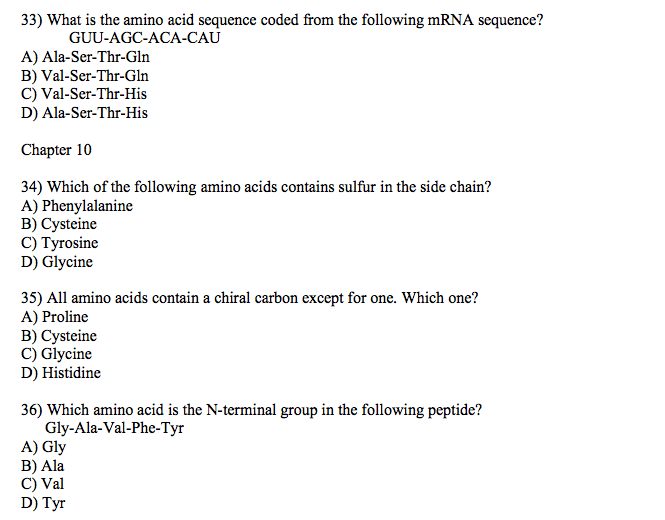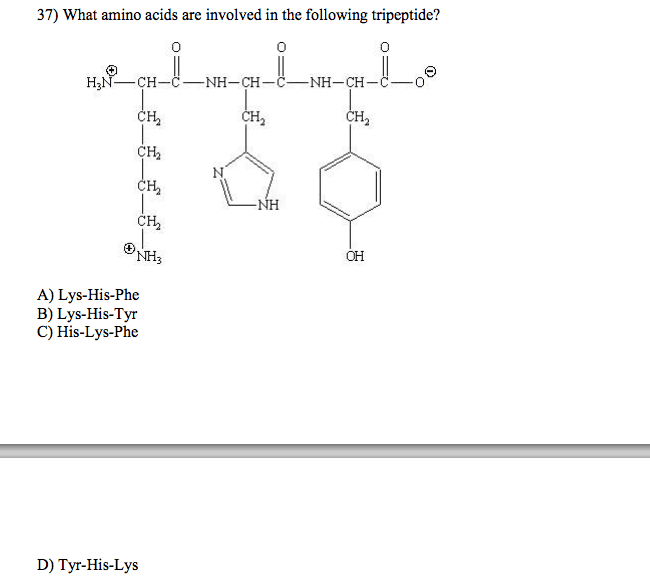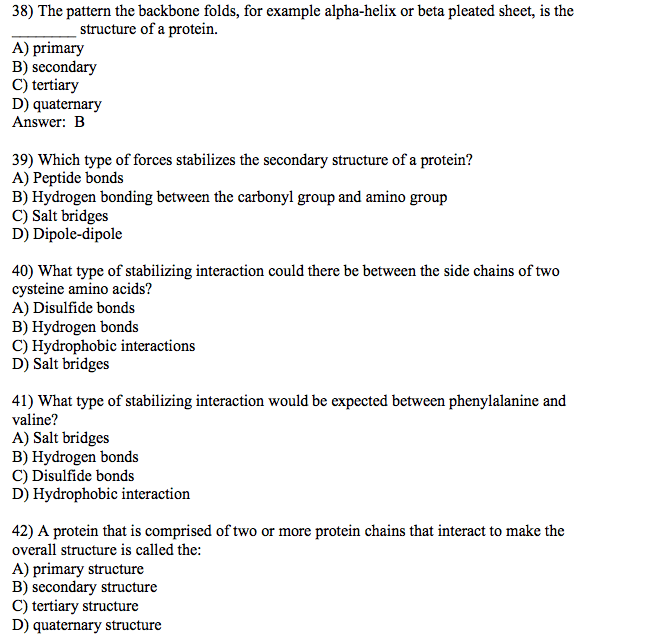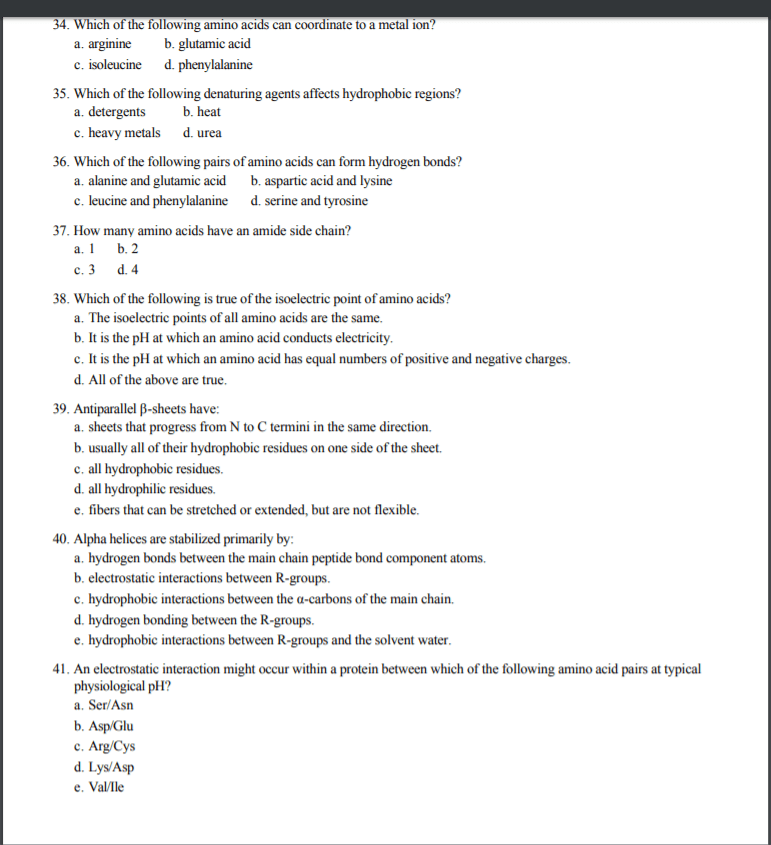BIOCH200 Lecture Notes - Lecture 16: Heme, Globular Protein, Cysteine

Hydrophobic Interactions in Soluble Globular proteins
❏Hydrophobic are interior while hydrophilic are at the surface of the globular protein structure.
❏Regular secondary structures are typically interior with R groups faced towards surface and loops
are exterior.
❏Hydrogen bonding of loops are not fully satisfied therefore on surface.
❏Hydrophobic interactions is driving force to adopt and maintain tertiary structure.
❏Hydrogen bonding stabilizes and finetunes secondary and tertiary structures.
Ion Pairs (“Salt Bridges”)
❏Electrostatic interactions between formal charged groups that fine tune and stabilize 2 and 3
structure.
❏Forms between positive and Negative Charged Groups
❏Positive; Arg, Lys, N-terminus, His
❏Negative; Glutamate, Aspartate, C-terminus, Tyrosine, Cysteine.
★Charges depend on pH
Disulfide bonds/Bridges
❏Covalent bonds between cysteines that form stabilizing crosslinks for extracellular proteins.
❏Environment of cell is reducing means no disulfide bonds → needs to be oxidizing environment.
Protein Structure
❏Domain → segment folded into single structural unit with hydrophobic core.
❏Motif → Short region of polypeptide with recognizable 3-D shape
❏Zinc Fingers
❏Motifs are in Domain!
Prosthetic Groups
❏Part of tertiary Structure
❏Nonprotein component permanently incorporated into protein
❏Example → Heme
Globular Proteins Stabilized
❏By weak noncovalent forces and easily unfolded or denatured.
❏Heat will break H-bonds, ion pairs and hydrophobic
❏Changes in pH break H-bonds and ion pairs
❏Salt breaks ion pairs and salt bridges
❏Detergents will break hydrophobic interactions
❏None will affect peptide bonds!!
Summary of Stabilizing Forces
❏Primary Structure → Peptide bonds
❏Secondary Structure → H-bonds between backbone
❏Tertiary Structure → Hydrophobic is the main, with fune tuning of H-bond, ion bridges and salt
bridges.
Quaternary Structure
❏Every protein has 1,2, 3 structure but not 4!
❏Proteins composed of more than one polypeptide chain → each polypeptide chain called subunit.
❏Named by number of subunits and whether identical
❏2 → Dimer
❏Identical → Homodimer
❏Non-identical → Heterodimer (at least 2 are different)
❏3 → Trimer (Homotrimer or Heterotrimer)
❏Stabilized by Hydrophobic interactions and H-bonds, ion pairs and disulfide bridges finetune.
Document Summary
Hydrophobic are interior while hydrophilic are at the surface of the globular protein structure. Regular secondary structures are typically interior with r groups faced towards surface and loops are exterior. Hydrogen bonding of loops are not fully satisfied therefore on surface. Hydrophobic interactions is driving force to adopt and maintain tertiary structure. Hydrogen bonding stabilizes and finetunes secondary and tertiary structures. Electrostatic interactions between formal charged groups that fine tune and stabilize 2 and 3. Forms between positive and negative charged groups. Covalent bonds between cysteines that form stabilizing crosslinks for extracellular proteins. Environment of cell is reducing means no disulfide bonds needs to be oxidizing environment. Domain segment folded into single structural unit with hydrophobic core. Motif short region of polypeptide with recognizable 3-d shape. By weak noncovalent forces and easily unfolded or denatured. Heat will break h-bonds, ion pairs and hydrophobic. Changes in ph break h-bonds and ion pairs. Salt breaks ion pairs and salt bridges.





